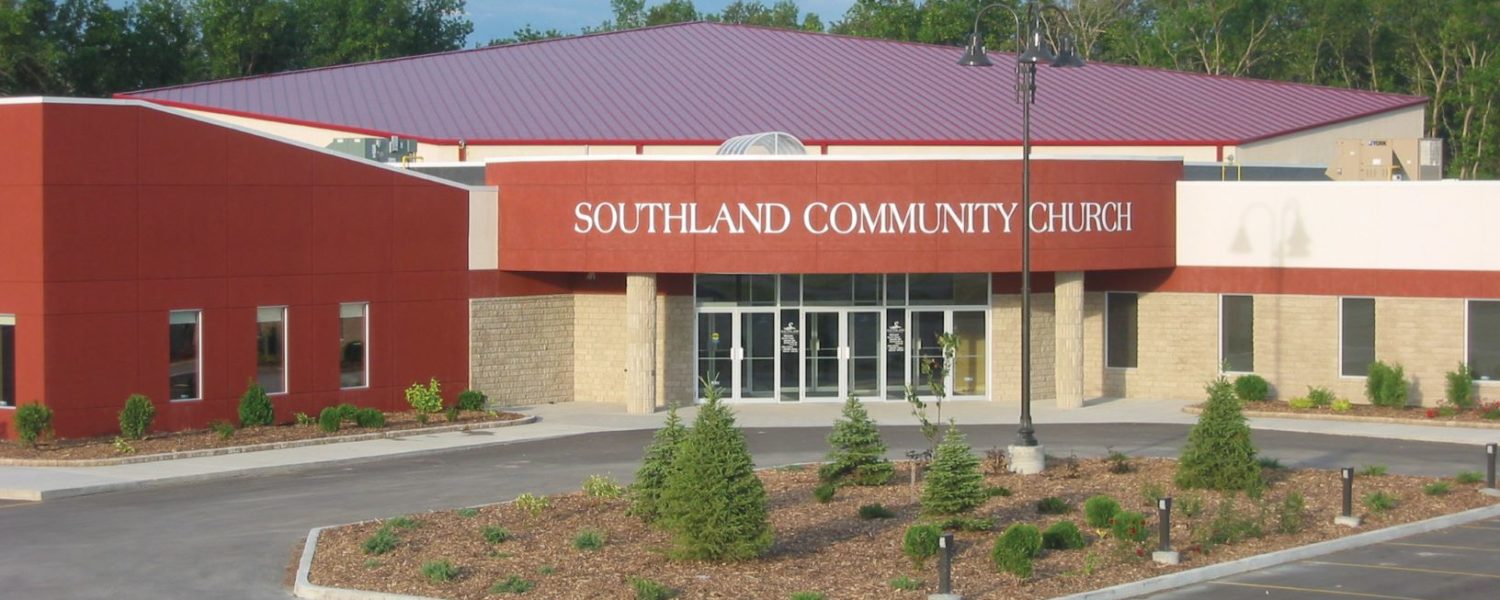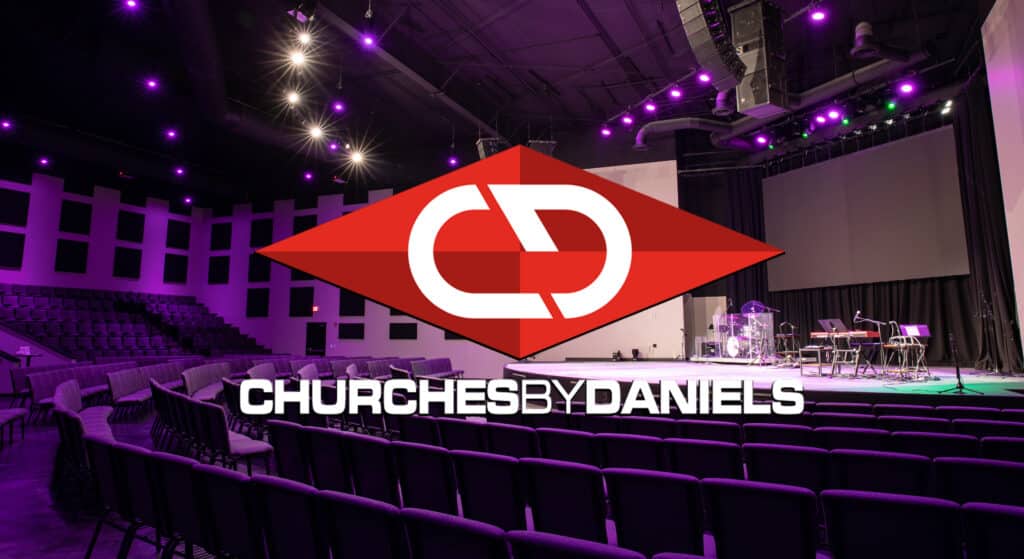This article originally appeared in the September 2013 issue.
By Charles Praeger
Charles Praeger is the assistant general manager of the Metal Building Manufacturers Association, www.mbma.com.
A building owner is charged with being part of a team that creates a lasting, strong structure that makes occupants feel safe. Safety is one reason why many owners turn to metal building systems to construct their places of worship.
The Metal Building Manufacturers Association, Cleveland, has coordinated recent fire rating testing of metal buildings, released the 2012 MBMA Metal Building Systems Manual and published Fire Resistance Design Guide for Metal Building Systems in 2010.
The testing and guides validate qualities that make metal building systems unique in terms of fire safety and offer steps to help keep your congregation safe.
While you are surrounded by a team of experts to guide your building construction decision-making process, understanding your structure’s materials and their capabilities will enhance your building performance and ensure the congregation is pleased with the final facility.
Testing and Codes
In the construction world, the International Building Code is considered the law of the land. Metal buildings don’t have any special requirements above or beyond what is expected from other forms of construction when it comes to fire ratings.
A standard that is important to the industry is ASTM E119, Standard Test Methods for Fire Tests on Building Construction and Materials. This test method is specified in IBC to establish the performance of fire-rated construction structures, such as walls and roofs. It describes the detailed furnace temperatures and conditions that must be achieved during a fire test, which is important to guarantee that tests are uniform.
There are several other test methods to note because they apply to metal buildings, including NFPA 286: Standard Methods of Fire Tests for Evaluating Contribution of Wall and Ceiling Interior Finish to Room Fire Growth, ASTM E84 Standard Test Method for Surface Burning Characteristics of Building Materials and ASTM E108 Standard Test Methods for Fire Tests of Roof Coverings.
MBMA has conducted fire tests at Underwriters Laboratories, Omega Point Laboratories and Factory Mutual because there was a need for more information about fire-rated metal building assemblies in the construction community.
The testing has led to a complete set of ceiling, wall and column protection details that are UL listed assemblies.
A recent test is the new 1-hour rated fire wall, UL Design No. W404, which allows for new and retrofit metal building use and provides the flexibility to meet future energy code requirements for higher insulation levels.
The 2-hour version of this new fire wall is UL Design No. W413, which has some additional components that extend the rating but is still constructed entirely from the building interior.
Both ratings have flexibility in the materials that can be used for insulation with options for fiberglass and rigid board. This allows future energy codes to be taken into consideration for material selection, which is important for building owners who want to build energy-efficient, sustainable buildings.
One of the best aspects of both these new designs is that the girts can be spaced as far apart as 7 1/2 feet. By designing the fire test to pass at this maximum spacing, fire protecting a new or existing metal building is a fairly simple matter.
Metal Specifics
A metal building system integrates structural steel framing members, secondary members that are cold-formed steel and steel joists, roofing materials and wall cladding. All these elements and assemblies, and, at times, other pieces, are carefully designed to support and transfer loads while integrating into a unified structure.
With the structural components being steel, metal buildings are considered non-combustible by building codes. However, metal buildings still require fire protection based on the intended use, occupancy and site location of the building.
“An aspect of deciphering codes is looking at your building’s function,” said Jeff Carmean, MBMA chairman. “Churches clearly are intended for occupancy and typically are in close proximity to communities, so fire-resistant materials and fire ratings matter a great deal.”
For instance, any building requires a fire-rated wall if it is built within 5 feet of another building or a property line. As the separation distance between buildings increases, the risk of fire spreading from building to building decreases and, therefore, the requirements for fire-resistance rated construction also go down. These distance requirements are refined by the intended use of the building (occupancy type) and construction type (wood, steel or concrete).
Whether you are building a mega church or modest country space, fire-resistance requirements play a role. Various occupancy types have size and height limitations listed in IBC that can’t be exceeded if the space is unprotected.
The size and height can only be increased if fire-resistance rated construction or sprinklers are used. These factors become relevant if building a facility with a sanctuary, kitchen and cafeteria, gymnasium or classrooms.
When creating fire-resistance rated construction, there are some common materials to which construction teams can turn.
The most common is gypsum wallboard, but other materials, such as concrete masonry for walls and spray-applied foam insulation, also can be used. The fire-rated designs for gypsum board utilize 5/8-inch Type X as a minimum.
Keep in mind that just as each metal building system can have custom design and manufacturing, the requirements for thickness and number of layers, supports, screw spacing and any other details also are custom designed.
For joints and penetrations, there are ratings that call for special details, including intumescent fire caulks that can expand in a fire to help seal any gaps or cracks and prevent the passage of smoke and flames.
With all this being said, metal building systems performance does require further explanation.
Remember the fire testing MBMA conducted? The metal buildings assemblies performed so well in these tests because of the overall design, use of non-combustible framing, roofing and wall materials.
Where to Turn
Understanding what codes and standards apply to your building doesn’t have to be daunting. Work with your team of experts and turn to qualified metal building manufacturers and metal building contractors for guidance.
The MBMA offers a 1-1/2 hour-long webinar to help your building team understand code requirements for fire protecting metal buildings. Visit www.mbmamanual.com/bookstore to see the webinar schedule.
You may think that understanding these points isn’t part of your job, but knowing that your congregation is in a tested structure with proven performance is bound to bring you and your congregation comfort and peace of mind.









